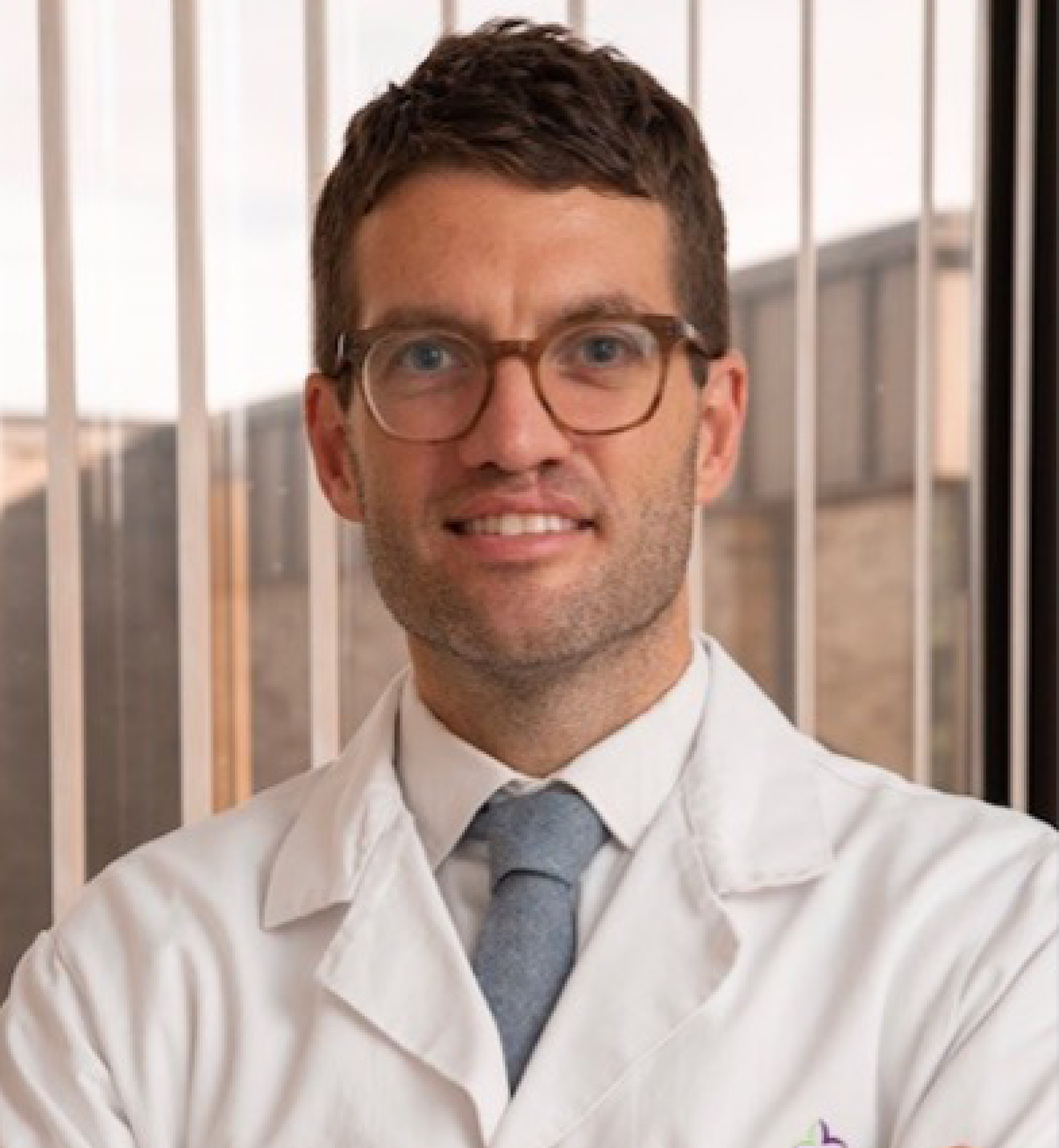A health system makes a prescient commitment to safety
"Pandemic fatigue” is creeping into many aspects of life, including health care. How is your organization keeping patient safety at the forefront of its work, especially given uncertainty about the trajectory of the pandemic?

Robert Roose, M.D., M.P.H.
Robert Roose is Chief Medical Officer and Chief Administrative Officer at Mercy Medical Center in Springfield.
Just before the onset of the pandemic in early 2020, the Board of Trinity Health, our parent organization, voted to officially establish Safety as a core value equal in importance to Reverence, Justice, Integrity, Stewardship, and a Commitment to the Poor. At Mercy Medical Center, we were already committed to high reliability, but the Board’s action no doubt accelerated our trajectory.
Looking back, the decision to install Safety as a Core Value at that time could not have been more critical. The past two years have brought one major threat to individual and public health after another: from dealing with an emerging infectious disease taking an almost incomprehensible, tragic toll on life; to the collective trauma of our workers coping with loss, ever-changing work conditions, and threats to their own health; to the impacts of systemic racism and rising community violence; to lack of access to behavioral health care and increases in workplace violence; and now to critical staffing shortages across nearly all sectors of our community, including healthcare.
These threats to safety are all real and complex. As a health care system, we are collectively exhausted, and we know that when we are tired, we are more prone to errors. I would argue, however, that due to clarity in our mission, the urgency of the moment, and the structure we have put in place, the focus on safety at Mercy Medical Center has in many ways never been more vibrant.
In each morning huddle across the organization, our leaders begin with a review of any safety concerns or events and encourage all colleagues to speak up about any unsafe situations, no matter how small they may seem. Visual management boards in each department contain a daily safety metric, with any fallouts resulting in escalation or countermeasures to prevent them from recurring. For each safety event, a root cause analysis is done, and learnings are shared across the organization as Safety Alerts in the evidence-based SBAR (Situation; Background; Assessment; Recommendation) format. And our departmental leaders now perform Culture-of-Safety Rounds each week to observe, interact and provide feedback to other departments on a series of rotating topics that highlight key regulatory or safety items.
Of course, any successful safety effort arises from engaged and supported colleagues, and our teams on the front lines continue to deal with extraordinary challenges day in and day out. So, along with each operational initiative, we always have kept our colleagues in mind. Throughout the pandemic, we have modified working conditions to allow for remote work when feasible; granted temporary time-off relief; and provided wellbeing resources, among other initiatives. In addition, we created a “zen room,” which has become a true respite for staff needing a moment of calm, a massage or a renewed sense of energy. This state-of-the-art space, designed by frontline colleagues in partnership with our mission leaders, has truly been a revelation and boost to the health and safety of our most vital resource, our staff.